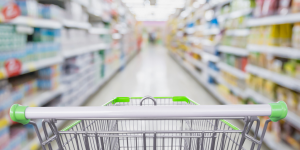Tom Neltner, J.D. is the Chemicals Policy Director.
Last week, the House Committee on Oversight and Reform’s Subcommittee on Economic and Consumer Policy released an important report summarizing baby food testing data submitted by four companies (Beech-Nut, Gerber, Happy Family, and Earth’s Best), finding that “baby foods are tainted with dangerous levels of arsenic, lead, cadmium and mercury.” These heavy metals are widely recognized as harming children’s brain development.
The report found that three of the four companies (all but Gerber) used ingredients that had exceeded limits set in their internal standards. Additionally, the committee cited “grave concerns” that three other companies (Walmart, Plum, and Sprout) did not provide their internal standards and testing results in response to the legitimate request by the House Committee. Their lack of transparency undermines credibility and trust.
Due to the alarming nature of these findings about a food marketed as safe and healthy for infants and toddlers, the report garnered significant attention and has prompted calls for the Food and Drug Administration (FDA) and food manufacturers to do more on this issue.
Importantly, the report provides new insights into industry decision-making processes, highlights the need for greater oversight, and adds urgency to EDF’s ongoing efforts to reduce heavy metals in food.
Read More »










 The FDA’s critical role in the COVID-19 pandemic has brought intense interest in whom President Biden will nominate to lead the agency as its new commissioner.
The FDA’s critical role in the COVID-19 pandemic has brought intense interest in whom President Biden will nominate to lead the agency as its new commissioner.